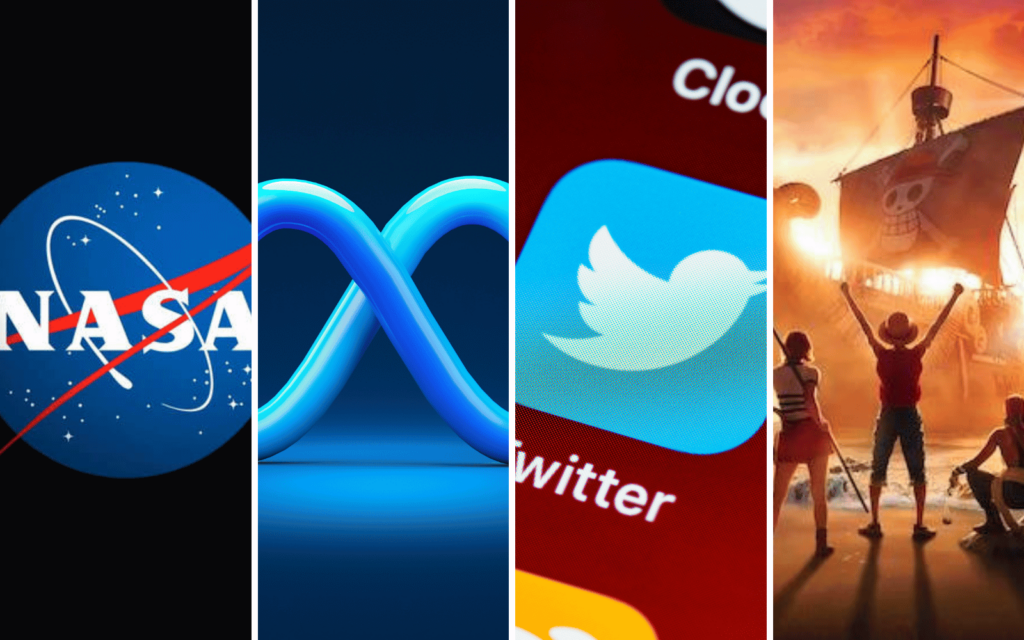NASA’s got a plan

NASA is erring on the side of private lately, with the recent announcement that it would be making numerous Space Act Agreements with seven of the world’s largest private space companies – all in the name of space discovery and the “U.S commercial low Earth orbit economy”, of course. If that sounded sarcastic, it wasn’t. That’s because these agreements are unfunded – meaning no unnecessary money enters the wrong pockets – we’re a little more inclined to believe them.
Though no money is being exchanged, NASA is instead offering up its exceptional wealth of knowledge, plus a few resources, when needed. “It is great to see companies invest their own capital toward innovative commercial space capabilities, and we’ve seen how these types of partnerships benefit both the private sector and NASA,” said Phil McAlister, director of commercial spaceflight at NASA Headquarters.
Each of the seven companies has been tasked with advancing the low Earth orbit economy; with the task of far-reaching space travel being left in the hands of NASA for the time being. First, we can expect Northrop Grumman to focus on its ‘persistent platform’ for robotic research (of the autonomous kind) and manufacturing capabilities in orbit. SpaceX’s job involves turning Starship into an “in-space low-Earth orbit destination” as well as developing a transportation method to get there.
The remaining five all follow similar avenues of research; transport through space, commercial space destinations, and assembly in space. You can see each in more detail right here, though it’s worth remembering that it could be quite some time before these forays yield any sort of public data. You see, it last struck up plenty of these deals in 2014, with no word on their progress yet reaching the public.
Meta’s AI is all about voice

The company formerly known as Facebook is delving into AI, because of course it is. It’s 2023, and Meta is looking for something to do, with the metaverse fading quicker from the zeitgeist than Marty McFly in that one picture. That’s where Voicebox, Meta’s first official artificial intelligence offering, comes in.
Since ChatGPT already controls the text-based space and Dall-E is conquering the art world, Voicebox is designed to monetize the last piece of the puzzle; audio. Voicebox is a text-to-speech generator, trained on more than 50,000 hours of unfiltered audio – consisting of public domain audiobooks in English, Spanish, French, German, Polish, and Portuguese.
The point? To spit out audio that doesn’t sound quite so… robotic. Or worse, audio that borders on uncanny valley territory. And, according to Meta (via Engadget), it’s rather good at it. “Our results show that speech recognition models trained on Voicebox-generated synthetic speech perform almost as well as models trained on real speech.”
And apparently, Voicebox can edit audio clips, like removing unwanted background noise or replacing that fluffed line in a recording on the fly. “For example, you can identify a segment of a speech that’s interrupted by a dog barking, crop it, and instruct Voicebox to re-generate that segment.”
Don’t expect Voicebox to enter the hands of the masses just yet. No app or source code is being released yet, with Meta’s concerns over “the potential risks of misuse” despite the “many exciting use cases for generative speech models.” As if being in Facebook’s clutches doesn’t qualify as a potential risk of misuse.
‘Jamie, pull up Twitter TV’

If you thought Twitter wasn’t depressing enough on the 6in piece of tech in your pocket, Musk’s $44 billion venture has plans to release a Twitter video app for TVs. Yes, really. The news came straight from the horse’s mouth (or Twitter feed) directly.
Whether we need a Twitter TV app or not doesn’t matter. It’s happening, like it or not. Last week, new Twitter CEO Linda Yaccarino and Musk himself held a presentation for investors (via Reuters) that showed off the platform’s plans of focusing on video content. Vertical content now accounts for 10% of time spent on the app, if Reuters’ source is to be believed.
The idea, obviously, is to sell ads and sponsorships alongside the video content. What those ads and sponsorships would look like on an equally mysterious Twitter TV app, we can’t be sure. Though if it’s anything like the website’s current bout of ad ideologies, it’ll be chock-full to the brim with them.
The One Piece live-action is REAL (oh, and there’s a new Avatar show)
We love anime. We… aren’t too fussed about Netflix. Unfortunately, the two mix more than we’d like. And it hasn’t worked out yet. Just look at the dastardly live-action Death Note movie and the atrocious Cowboy Bebop series for proof. But hey, the third time’s the charm, right? We hope so, what with Netflix’s live-action One Piece series being on the chopping block.
Judging by the trailer released during the streamer’s TUDUM event over the weekend, we don’t have high hopes. It carries with it the same dead-looking, tired feeling that Netflix loves to incorporate into its adaptations. Seriously, where is the colour? Or, you know, good writing?
The TUDUM event also brought us a very short look at Netflix’s other upcoming live-action adaptation; Avatar: The Last Airbender. Yeah, the one that made the show’s original creators leave the production entirely. Alongside the teaser (that gave us nothing, by the way), Netflix gave the world a glimpse of the series’ main cast to hold us over until then. At least these had some colour involved.




